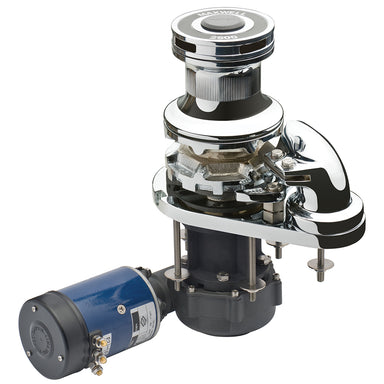Browse our curated selection of Maxwell Windlasses. Whether you're a casual boater or an offshore adventurer, finding the right windlass is essential for safe and efficient anchoring. Dive into our comprehensive guide below to explore the key factors that will help you select the perfect Maxwell windlass for your boating needs.
 Save $1,214.40
Save $1,214.40
Maxwell RC12-12 Vertical Capstan 12V Windlass - 1/2" Chain & 3/4" Rope
RC12-12 Vertical Capstan 12V Windlass - 1/2" Chain & 3/4" Rope The RC12-12 automatic rope/chain windlass is built to effortlessly retrieve and ...
View full details

























